Search and Rescue Advancements
Drones have revolutionized search and rescue operations in Utah’s challenging terrain. These unmanned aerial vehicles (UAVs) have become indispensable tools for locating lost hikers and individuals in distress.
Equipped with advanced zoom and infrared cameras, drones can cover vast areas quickly and efficiently. They often outperform traditional search methods.
Weber County’s search and rescue team has embraced this technology, significantly reducing response times and improving outcomes. The drones’ ability to rapidly locate stranded individuals and map safe routes for ground crews has proven invaluable in time-sensitive situations.
“It is an absolute game changer,” explained Kyle Nordfors, drone team coordinator for Weber County’s Search and Rescue crews to KSL Television. “We’re able to have the latest technology at our disposal, which enables us to find people faster and get to them quicker, and therefore save lives.”
The efficiency gains are substantial. Rescue missions that previously took 4-5 hours can now be completed in 2-3 hours. This improvement is particularly crucial as the demand for rescue services has increased dramatically.

Weber County saw a jump from 11 rescue calls in 2017 to 48 in 2023, averaging nearly one per week.
Drones offer several advantages over helicopters:
- Lower operational costs
- Faster deployment
- Ability to navigate tight spaces
The UAVs have successfully located not only lost hikers but also missing pets, demonstrating their versatility in various scenarios.
Despite their effectiveness, some concerns have arisen regarding the origin of certain drone models. A popular brand used by many rescue teams is manufactured by DJI, a Chinese company. This has led to debates in Congress about potential security risks, with some lawmakers pushing for restrictions on these devices.
Key points of the debate:
- National security concerns
- Data privacy issues
- Technological superiority of certain models
- Limited domestic alternatives
Search and rescue professionals emphasize the critical role these drones play in saving lives. They argue that the advanced features and reliability of certain models make them essential tools for their operations.

Weber County’s search and rescue team began incorporating drones in 2018. They currently operate two dedicated UAVs:
| Model | Cost | Funding Source |
|---|---|---|
| DJI | $23,500 | Fundraising and donations |
| Unspecified | $13,600 | County sheriff’s office |
The use of drones extends beyond Weber County. Other Utah counties with active search and rescue teams, including Washington, Kane, and Grand, also rely on this technology to enhance their capabilities in wilderness rescues.
“When it comes to U.S.-made drones, the technology is not there, and the production capability simply isn’t there, either,” Nordfors reportedly said.
As drone technology continues to evolve, it promises to further transform search and rescue operations. The integration of thermal imaging, high-resolution cameras, and advanced mapping capabilities allows teams to:
- Quickly identify heat signatures in dense vegetation
- Create detailed 3D maps of search areas
- Coordinate ground teams more effectively
Training and certification programs for drone operators have become increasingly important. Rescue teams invest in developing skilled pilots who can navigate complex terrain and interpret data from various sensors.

The impact of drones on search and rescue extends beyond just locating missing persons. They also play crucial roles in:
- Assessing potentially dangerous situations before sending in ground teams
- Delivering supplies to stranded individuals
- Providing real-time situational awareness to incident commanders
Photos courtesy of Weber County Search and Rescue and Pilot Institute.
Discover more from DroneXL
Subscribe to get the latest posts sent to your email.
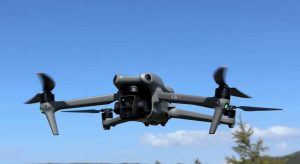
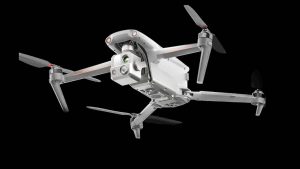


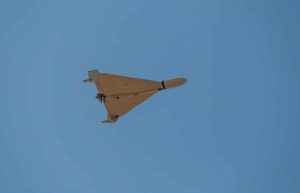
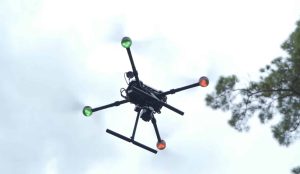
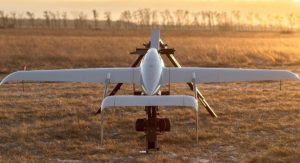
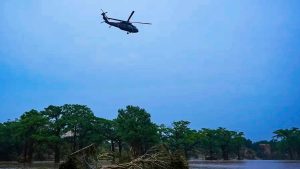

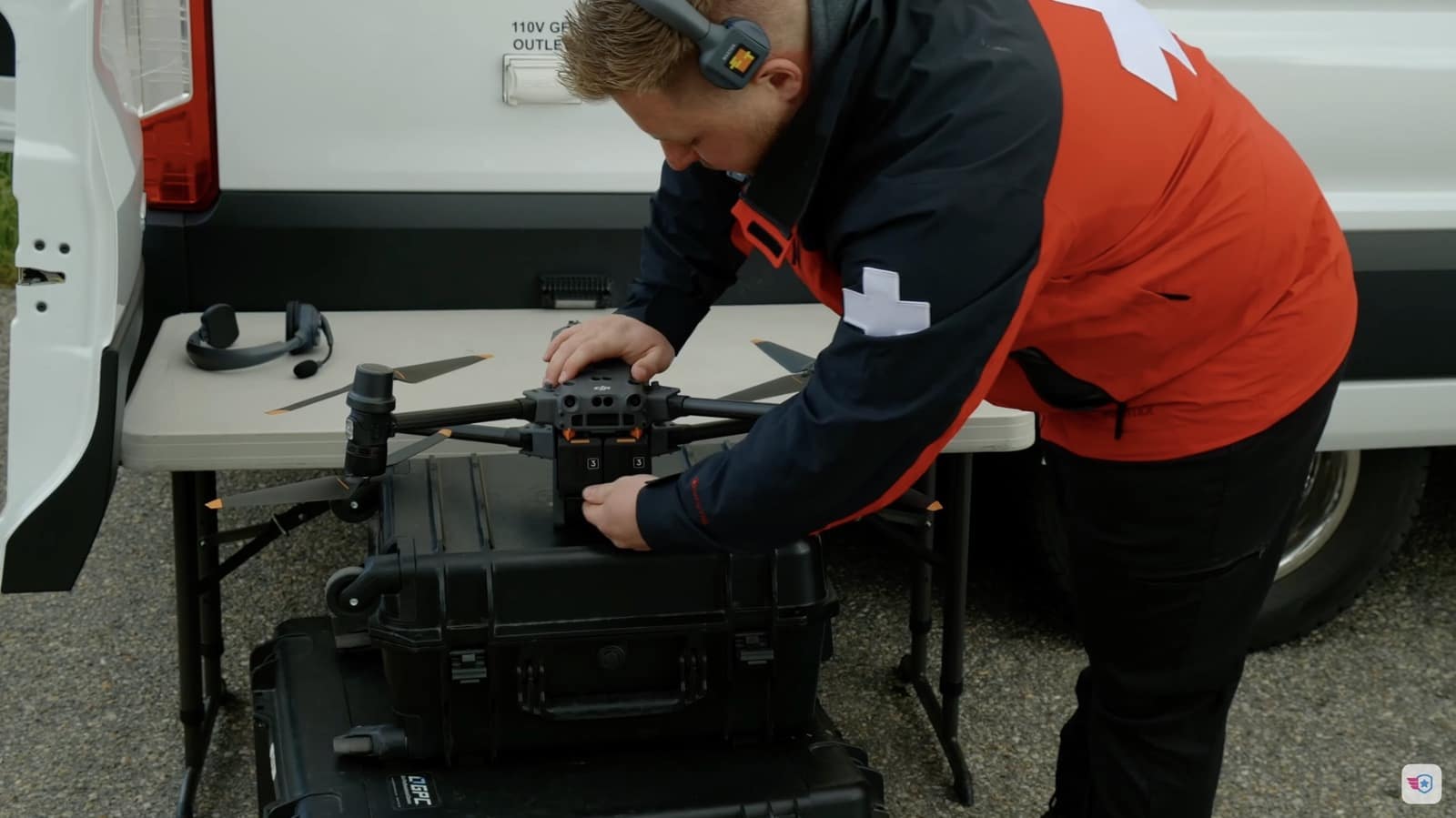

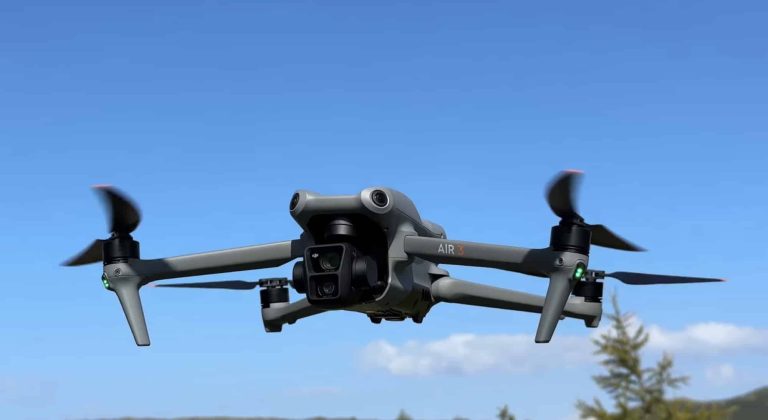
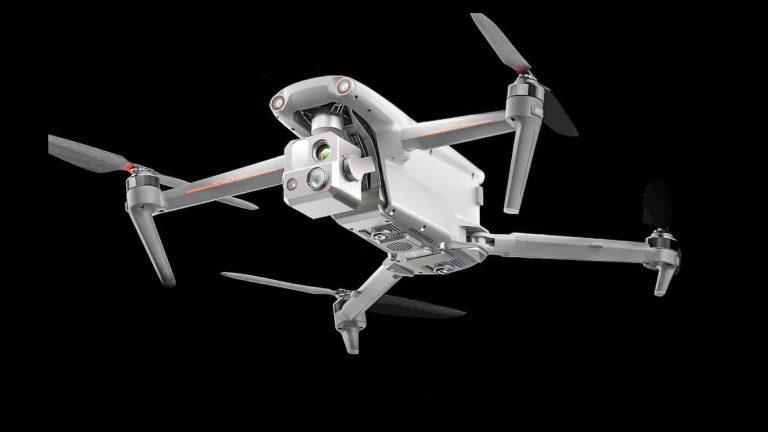
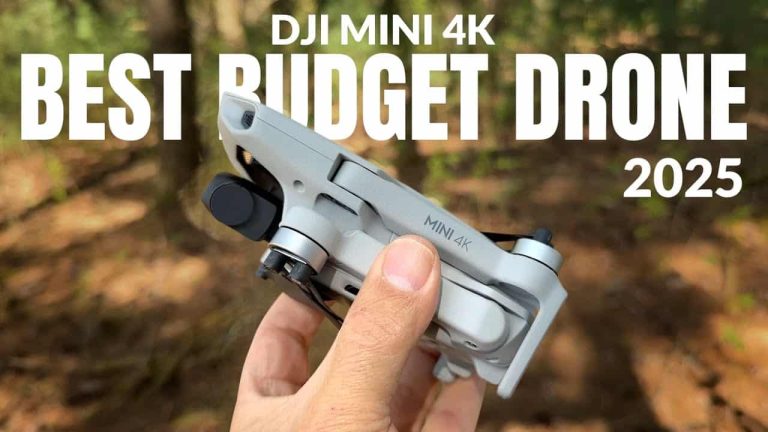
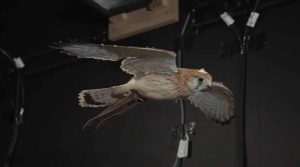


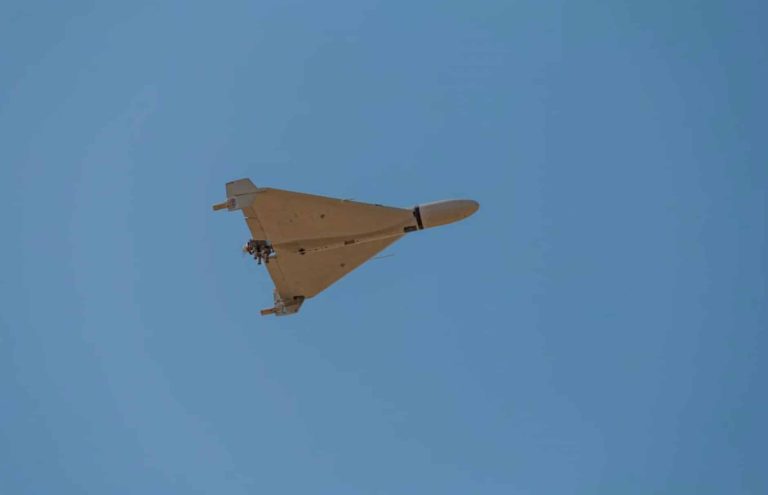
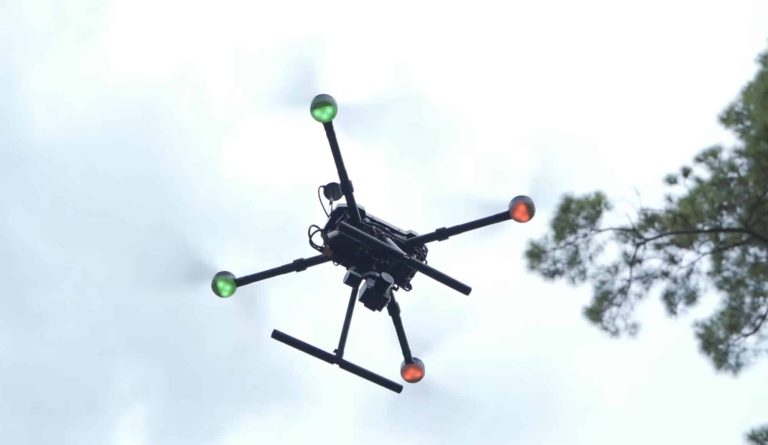
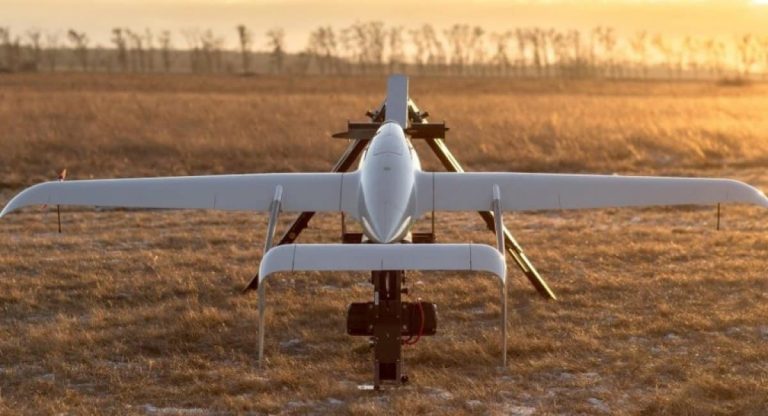
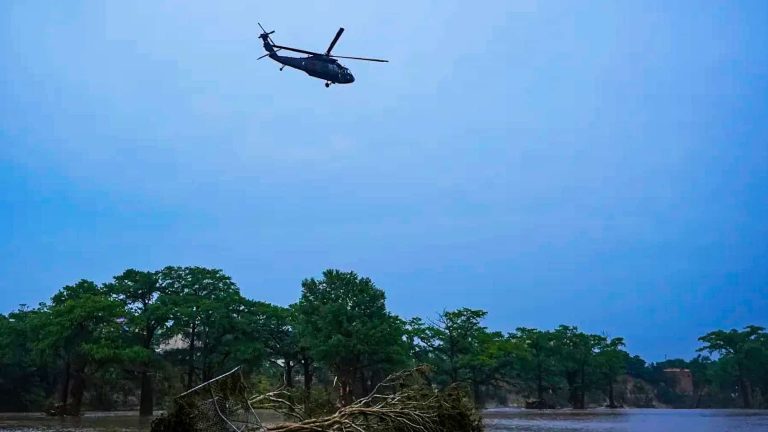
+ There are no comments
Add yours